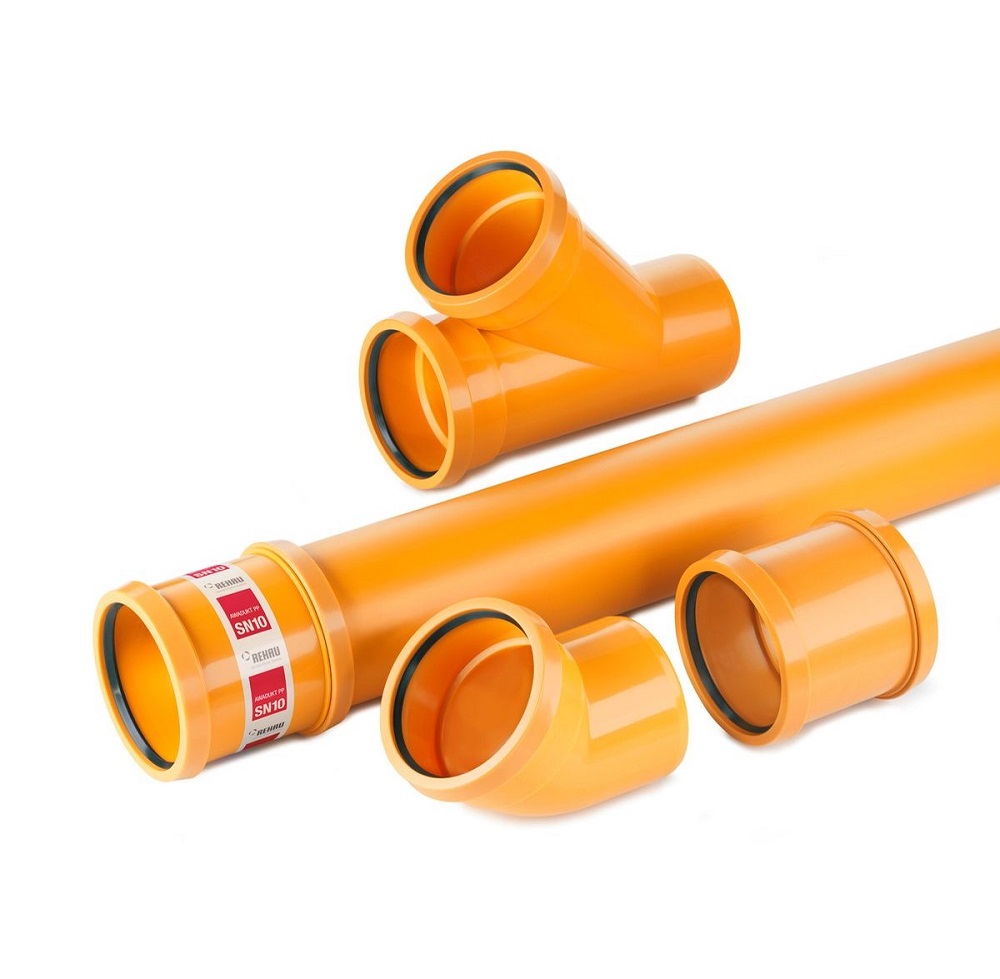Gender diversity in senior roles regressed in 2017
Women Count 2017, the second annual report by the Pipeline, has tracked and analysed the number of women on Executive Committees of FTSE 350 companies.
They found that progress on gender diversity in senior roles has regressed. With only 16% of members on Executive Committees being women, the same percentage as 2016.
More companies have no women on their Executive committees and have no women executives holding roles with profit and loss (P&L) responsibility than in 2016.
Results from the report show:
- 6% of construction companies in the FTSE 350 have Executive Committees which are at least 25% female, which is nineteen points below the average.
- Construction companies are below average in the proportion of women executives that operate in P&L roles (27% compared to 35% across the FTSE 350).
- The construction sector is slightly above average in terms of women executives that sit on main plc boards (22% compared to 16% across the FTSE 350).
Electricity, Oil, Gas, Steam, Waste and Water appeared in the top quartile for companies with at least 25% women on Executive Committees, proportion of women executives in P&L roles and companies with women executives on main plc boards. Although this is based on a low baseline (ie disappointing numbers of women in senior roles) it does show that companies, where STEM based skills are important to their business, are making progress. This means, we know it is possible for construction companies, who also recruit employees with STEM based skills, to make the right interventions to achieve higher numbers of women in senior roles.
Analysis from Women Count 2017 also showed the demonstrable economic benefits for companies who have women in more senior roles. Net profit margins almost double in companies with at least 25% females on their Executive committee compared to those with none.
- If all FTSE 350 companies performed at the same level as those with at least 25% females on their Executive Committee, the impact could be a £5bn gender dividend for Corporate UK.
- Companies with a female CEO have, on average, almost twice the number of women on Executive Committees than those run by men and more than three times the number of female executives in P&L roles than those led by men.
- Retail performed better than other industries at appointing women to executive roles. One in two companies have an Executive Committee which is at least 25% female (double the number found across the FTSE 350). Again though, this sector like others, can do more to increase gender diversity at the top, as the baseline is low.
Donald Brydon, chairman of the London Stock Exchange Group said: “Women Count 2017 continues to confirm that FTSE 350 companies with 25% or more women on their Executive Committees perform better financially. It is therefore concerning that the percentage of women on Executive Committees has stagnated at 16% for the second year. It is clear that companies will have to do more systematically to meet the Government’s target of 33% by 2020.”
Lorna Fitzsimons, co-founder of The Pipeline said: “This report is ringing a very loud alarm bell for business. With agendas dominated by Brexit, the focus on gender diversity at senior levels has been slipping. Women Count shows there is an increase in profit for companies who have over 25% women on their Executive Committees. In this post Brexit era can this return be ignored by construction companies?
“This is a wake-up call for everyone who supports the Hampton-Alexander recommendation to Government to achieve 33% representation of women on FTSE 100 executive committees and their direct reports by 2020. This target is in danger of being missed. Businesses and Government need to renew their drive and be relentless to achieve this goal.
“This is not an equality issue. This is an economic issue and there are signs we are starting to slip back. This report should serve as a call to arms for us all.”




















